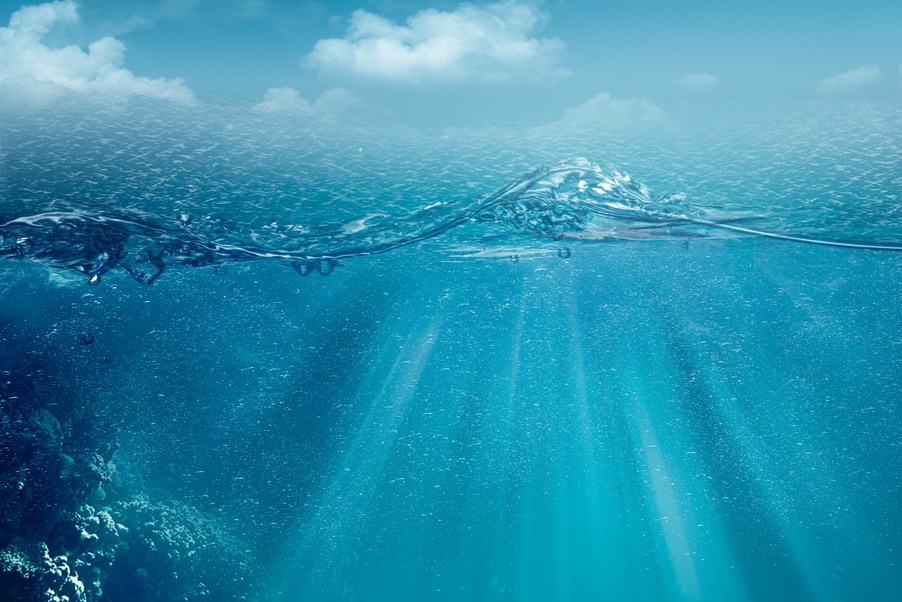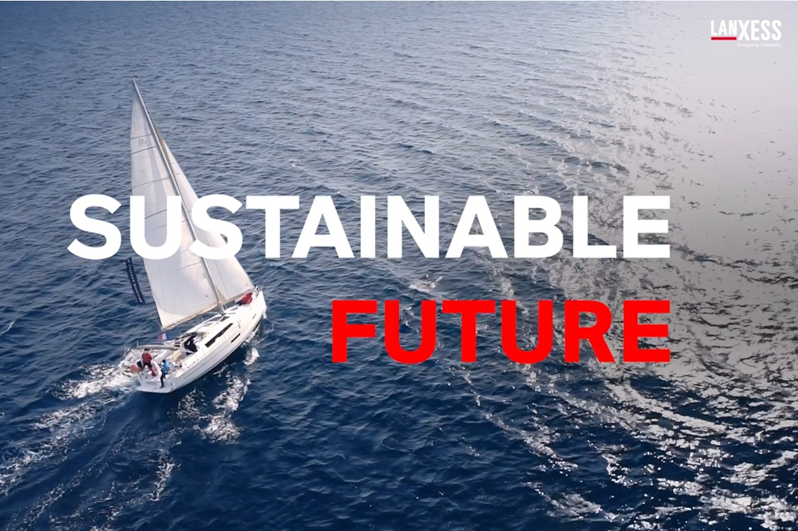Climate neutrality: Targets are good, but planning makes them even better
Set by countries as well as businesses, new climate targets create momentum – with additional opportunities provided by a wide range of innovative projects within various sectors of the economy. Andreas Kuhlmann, CEO of the German Energy Agency (dena), talks about the developments he finds most encouraging.
Find out what …
- needs to happen now to prevent the need for more drastic measures in the future
- are the benefits of selling off high-emission businesses
- can be done to reduce emissions from agriculture
- impact offset projects can have
How do you rate the climate pledges countries and businesses are making?
Growing numbers of stakeholders are pledging to act, and that is encouraging. But whether these pledges are consistently backed by good strategies remains to be seen. The commitments set out in the Paris Agreement are proving to be irreversible. Energy transition and climate protection are now part of various programs around the world aimed at leading our economies and societies out of the COVID-19 and climate crises. And that is a very promising development.
Andreas Kuhlmann,
CEO, German Energy Agency
(Photo: dena/photothek)
In terms of countries and businesses, how much untapped energy-saving potential is there?
Up to now, some things remain underexploited. A case in point is the expansion of renewable energies and better energy efficiency. Businesses in Germany, for example, could reduce their energy consumption by 30 percent using standard energy efficiency measures. These include the use of cross-sectional technologies such as high efficiency motors and optimized pumps, compressed air, and ventilation systems. Such solutions can significantly reduce electricity consumption across a range of industries. Considerable potential also exists to reduce fuel consumption. This is, of course, particularly true for the emerging markets, the Eurasian region and heavy industries in these countries. This is where investment in new, more efficient plant has traditionally been lacking. But this alone could reduce emissions significantly and, in the long term, even save money.
What needs to happen now to prevent the need for more drastic measures later on?
Everyone involved needs to pursue a path towards climate neutrality. But not everyone can afford to invest in expensive climate-neutral technologies. That is why it still makes sense to pick all the low hanging fruit. In practice, this translates to making low-cost improvements that improve energy efficiency and reduce emissions but do not represent quantum change. In this regard, it is important that we are fair. To move towards climate neutrality, stakeholders who lack the funds to make important climate investments need the support of those who have them. What is more, we are the ones who must create the markets for green products and technologies.
Which industries need to be phased out and how will this impact value chains?
The need to abandon coal is uncontested. But if we want to become climate-neutral, we will need hydrogen in large quantities. A global market for this will emerge because no one country can produce it on the scale required. But this also has implications for supply chains. Where, for example, will it be possible to produce environmentally friendly steel cheaply using hydrogen? We will still require high-tech steel here in Germany and, consequently, introducing green processes to produce it would also be worthwhile. But this raises a number of questions concerning industrial policy, such as where is the hydrogen going to be produced, how is it going to be imported, and how are sectors with a high demand for hydrogen, such as the steel, chemical and freight transport industries, going to make the switch.
From an emissions perspective, can global value chains be maintained in their current form – and I’m thinking about carbon leakage?
I take seriously the concern that CO2 emissions are being shifted from countries with high climate protection requirements to third countries. However, many countries are now very ambitious – the new U.S. administration, China, the EU, to name just a few. Therefore, it must be possible to get everyone around the table to prevent carbon leakage. Of course, it can only be done through international cooperation, but the opportunity exists. As far as transport emissions from global logistics are concerned, I have very high expectations of powerfuels. In addition to hydrogen, these are synthetic gases and liquid fuels generated by renewable energies. Pilot projects are underway all over the world. And we need them to better assess possible applications and demand.
Andreas Kuhlmann,
CEO, German Energy Agency
(Photo: dena/photothek)
At first glance, this does not look like a win for the climate. At second glance, however, things could change. Manufacturers could devote all their attention to remaining viable without the polluting areas of their businesses. The acquirer of these businesses would then have something of a “bad bank” character. But this could help us meet the challenge in a concentrated manner.
What changes are needed in agriculture?
In our new flagship study on the move toward climate neutrality, we identify cross-sectoral pathways for changes that need to happen now. These includes changes in land use. Consider that, in Germany, for instance, animal feed production occupies as much land as do forests. Promising innovations on the way to “new foods” are already underway. These include things like the development of meat substitutes, plant-based or synthetic protein-based foods, urban food production, or methane gas-reducing feed additives for cattle. It is up to policymakers to exploit the potential of these innovations.
... and transport infrastructure?
Our understanding of transport is changing. Instead of getting from A to B in your own car, combined travel service solutions are possible. What we need is massive investment in local public transport. And the expansion of the technical infrastructure required for climate-friendly passenger and freight transport.
Do studies on the feasibility of climate neutrality take into account that dying forests are the source of emissions rather than sinks?
Yes, the professionals know that. That is why we need a sinks strategy in Germany and the EU. This needs to take technical as well as natural sinks into consideration. This is just as big a challenge as the energy transition. It also requires clear goals, steps, and monitoring.
What other less popular technologies do you think we could use?
We will not achieve our targets without CO2 capture and storage. Even the German government's Scientific Advisory Council on Global Environmental Issues made this point this ten years ago. We need solutions like this in Germany, too, not just abroad. I would not rule CO2 storage on land or at sea in Germany. Acceptance problems must be overcome. Incidentally, consuming CO2 is also an option in processes like artificial photosynthesis or for material cycles in the chemical industry, for example.
Andreas Kuhlmann,
CEO, German Energy Agency
(Photo: dena/photothek)Company
In terms of quality, how do you see today´s offset projects?
The fact that businesses are paying increasing attention to climate impacts along their value chains and are demanding evidence of similar undertakings from their business partners is very good. This adds momentum and is creating tremendous pressure to act. But now we need to describe emission reduction projects in terms of their quality. For example, pure offsetting, which is the financing of external climate protection projects, contrasts with negative emissions, i.e., the physical removal of CO2 from the air. Among other things, certification should be focused on these different aspects. Otherwise, effective offsetting projects will be seen, unjustly, as greenwashing.
More information: What businesses are doing to achieve global climate neutrality >>







